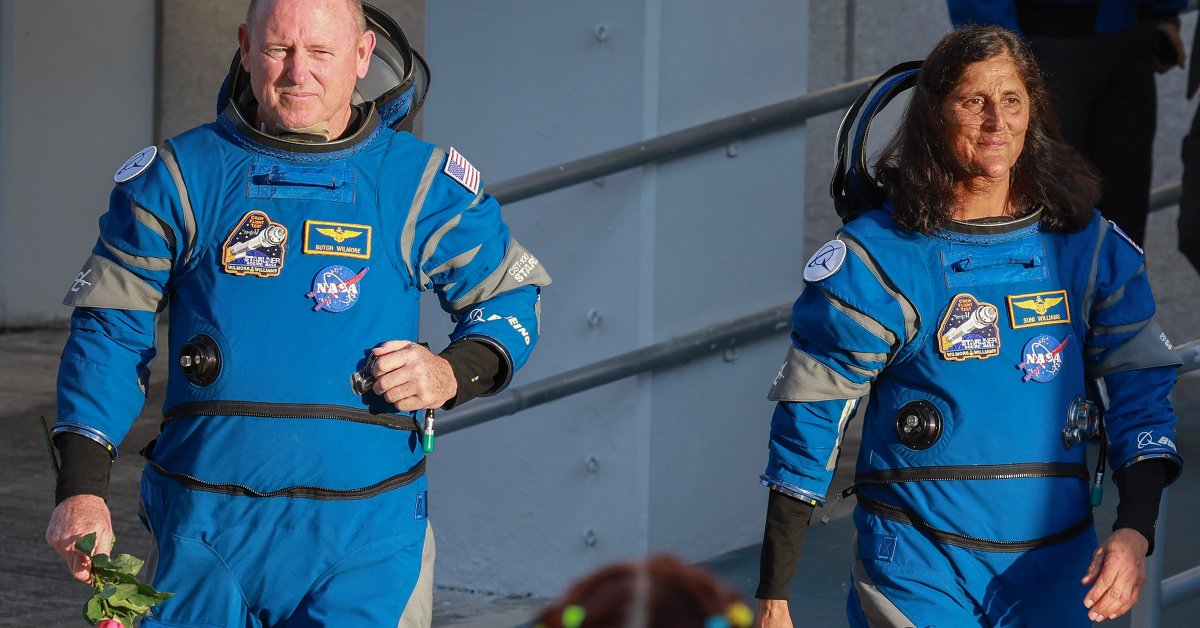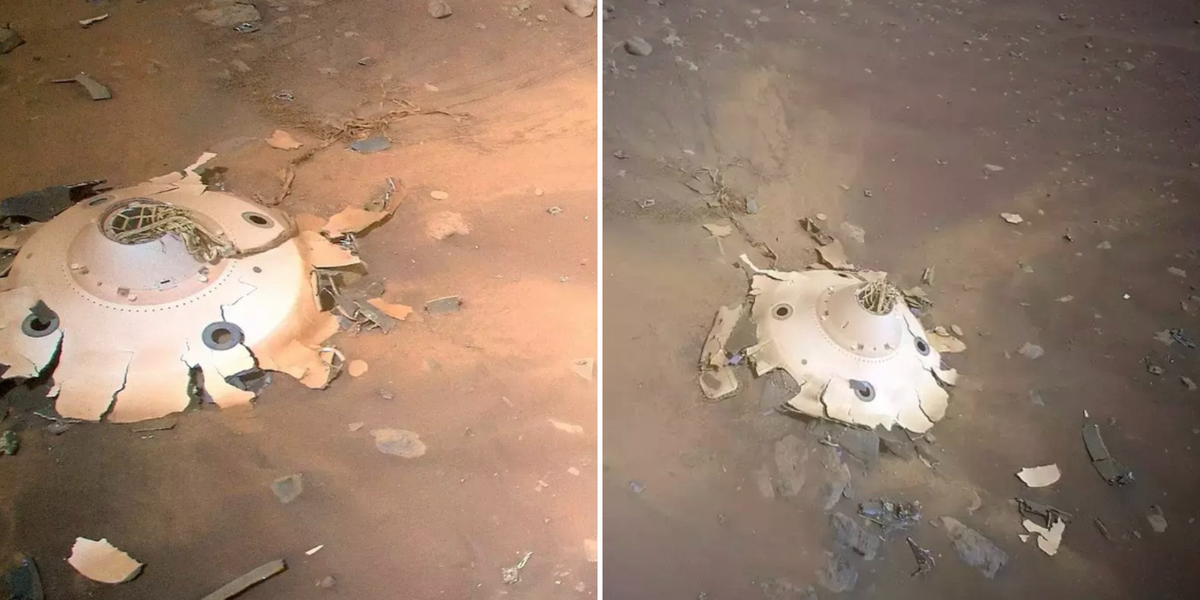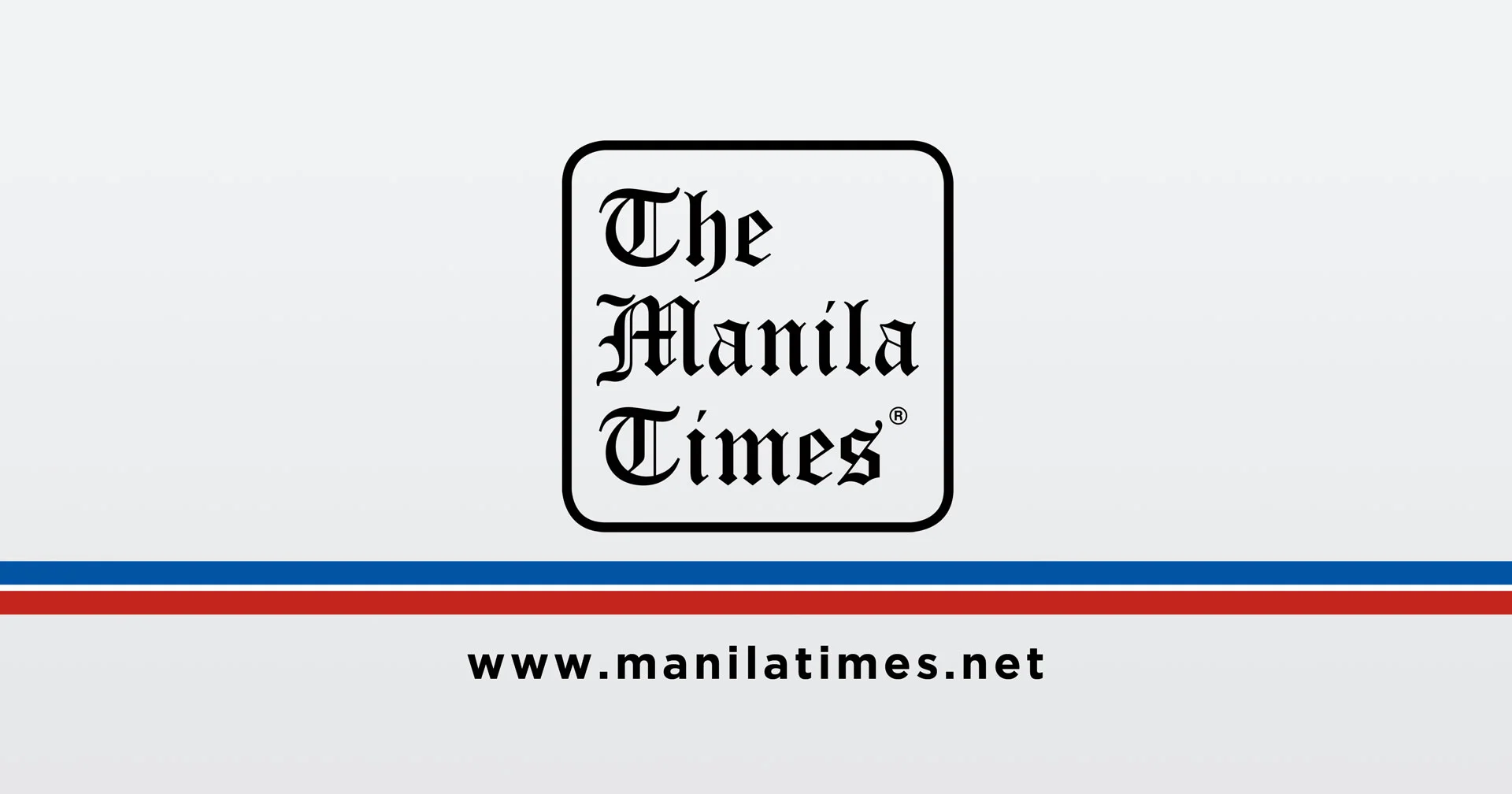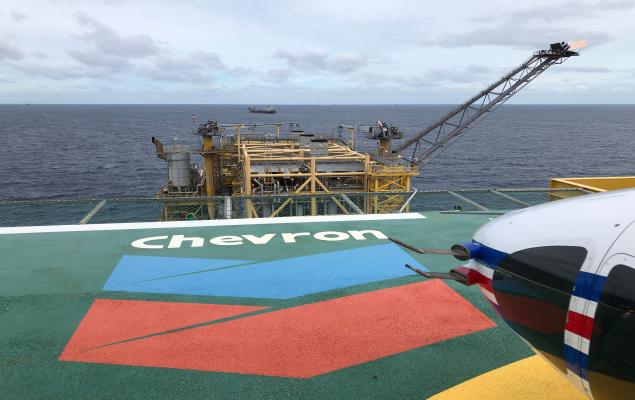NASA Faces Tough Decision: Stranded Astronauts Aboard Faulty Starliner

NASA is facing a critical decision regarding the fate of two astronauts stranded aboard the International Space Station (ISS). Butch Wilmore and Suni Williams were launched on a short eight-day mission using Boeing's new Starliner spacecraft in June, intended to certify the ship for future missions. However, the mission has been extended to over eight weeks due to multiple malfunctions.
The Starliner experienced five thruster misfires and five leaks in its gaseous helium supply system, vital for pressurising the thrusters. Despite reaching the ISS intact, the spacecraft's safety for returning the crew home is now under scrutiny.
NASA is considering a drastic contingency plan involving sending an empty Starliner back to Earth and using a SpaceX Crew Dragon spacecraft, originally intended for a five-month mission with four astronauts, to bring Wilmore and Williams home in February. This decision comes after NASA expressed concerns regarding the Starliner's reliability, highlighting a potential lack of faith in the new ship's capabilities.
A crucial flight readiness review is scheduled before the end of August to determine the Starliner's fate. This expedited timeline is partly driven by the limited lifespan of the Starliner's batteries, which are designed for only 45 days of operation. Since exceeding this limit, the batteries have been relying on the ISS for recharging, but their continued functionality is uncertain.
The situation puts Boeing in a difficult position, facing scrutiny after numerous delays and cost overruns. The Starliner's inaugural flight came seven years after its initially promised 2017 launch, exceeding its original budget by £1.2 billion.
Adding to the pressure is the Starliner's limited reusability. The crew capsule is designed for recovery and reflight, but the faulty thrusters are located within the service module, which is discarded before re-entry and burns up in the atmosphere. This makes it impossible to conduct post-flight analysis of the malfunctioning components.
NASA is striving to gather as much data as possible before the service module is lost, leaving them reliant on telemetry and data monitoring to understand the problem. A spacewalk to assess the thrusters has been ruled out by NASA, highlighting the limitations in their ability to diagnose the issue in real-time.
NASA's current risk-averse approach, stemming from the tragic losses of the space shuttles Challenger and Columbia, has prompted them to proceed with caution. This heightened focus on safety means that Wilmore and Williams are likely to remain on the ISS for a considerable period.
Despite their extended stay, Wilmore and Williams have integrated well with the ISS crew, fulfilling their work obligations and assisting with experiments and maintenance. However, NASA recognises the emotional toll this situation takes on both the astronauts and their families. While accommodating their extended stay, NASA remains firm on the astronauts' primary duty: to complete their assigned tasks.
The situation underscores the challenges and complexities of space exploration, highlighting the importance of safety protocols and the need for careful evaluation and decision-making in the face of unforeseen circumstances. The outcome of the flight readiness review will determine the future of both the Starliner and the two astronauts currently stranded in space.





